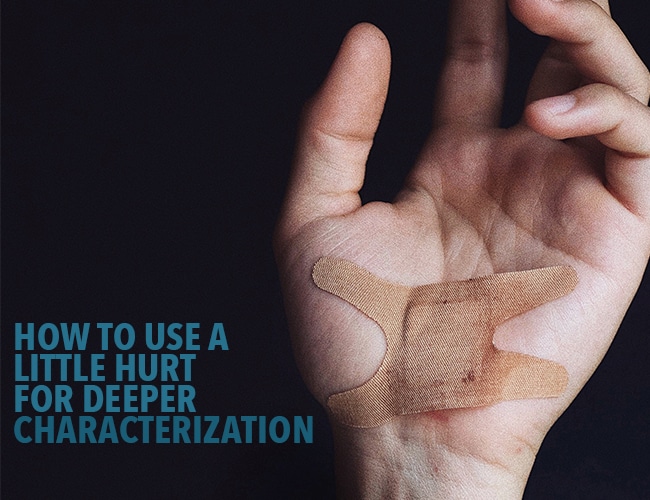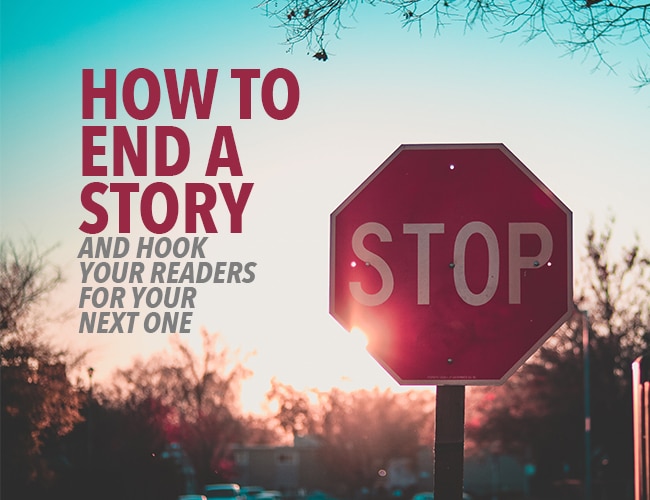
by Sue Weems |
I was recently reading a story in development and found myself irritated with the main character. Why? I thought. They have a good plan, they care about their goal, and their dialogue is engaging. As I kept reading, I found myself wanting to shout, “Get on with it already!” Suddenly I recognized exactly what the problem was, and worse, I realized I do it too.

by Sue Weems |
I had a writing friend ask me last week, “How do you write through the boring parts of a story?”
Here’s my short answer: Cut them.
Of course, that’s all predicated on recognizing boring writing in the first place. Not sure where to start? Here’s some help with finding those parts to cut!

by David Safford |
Inspiration comes in many forms. It may be a lovely tune from your playlist; A stunning vista in nature; A wildly creative turn-of-phrase you overhear in a coffee shop. Nearly anything. Like all creative minds, you sit down to convert this nugget of inspiration into a story.
But then you hit a wall. How do you transform raw inspiration into an actual story? How do you turn inspiration into a novel plan?

by Sue Weems |
Characters show us who they are when they are under stress. One way to create stress for a character and deepen their characterization is to inflict a minor injury. How will they respond? Will their reaction affirm who they present themselves to be? Or will it reveal perhaps another dimension of their personality?

by Sue Weems |
Do you argue with strangers on the internet? (I plead the fifth). Even if you have enough self-control not to engage most arguments and comment sections, chances are high that you think through how you would argue with them if you weren’t fairly certain they are a troll in an alternate universe. Also if your mother wasn’t your friend on Facebook.
Are you leveraging those thoughts? Or just rehearsing them, allowing yourself to feel irritated and angry? Put that energy to good use for your writing. Your next character is hiding in the comments section of nearly any forum. Here’s how to find him or her.

by Joslyn Chase |
You’ve put a lot of time, effort, research, planning, blood, sweat, and tears into finishing your book—and you’re almost there! And then you’re not. You’ve suddenly lost the thread, wandering off into strange paths, with no idea how to end a story, wrap it up and call it done.
If this has ever happened to you, you’re in good company. It’s a common issue among writers. Try these techniques to solve it.








